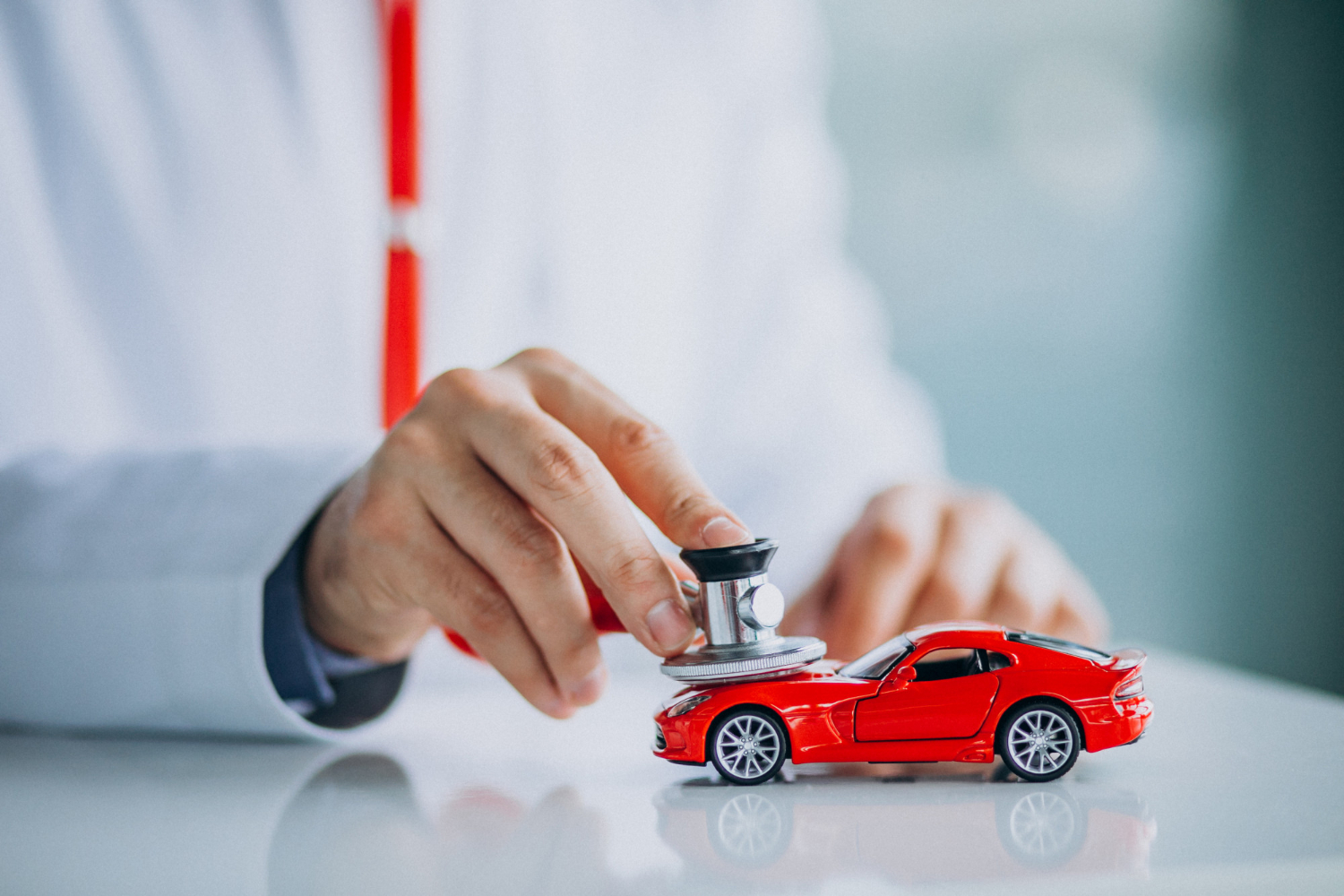Buying a new or financed vehicle is exciting, but it also comes with financial responsibilities—including insurance. While standard auto insurance policies offer coverage for damage and liability, they don’t always cover the full cost of your loan if your vehicle is totaled or stolen. That’s where GAP insurance comes in.
But what exactly does GAP insurance cover? And is it something you really need? Let’s break it down.
What Is GAP Insurance?
GAP stands for Guaranteed Asset Protection. It’s an optional insurance policy that covers the “gap” between what your car is worth and what you still owe on your loan or lease.
Here’s how it works:
-
If your car is totaled in an accident or stolen and not recovered, your standard insurance only pays the actual cash value (ACV) of the vehicle at the time of the incident.
-
Because vehicles depreciate quickly—sometimes losing 20% or more in the first year—your loan balance might be higher than the ACV.
-
GAP insurance pays the difference between the ACV payout and your remaining loan or lease balance.
Example:
-
You owe $28,000 on your car loan.
-
Your vehicle is totaled, and your auto insurer pays you the ACV of $23,000.
-
That leaves a $5,000 gap.
-
Without GAP insurance, you’d be responsible for paying that $5,000 out of pocket.
-
With GAP insurance, that difference is covered.
What Does GAP Insurance Cover?
GAP insurance specifically covers the difference between the insurance payout and your remaining loan or lease balance after a total loss.
Covered Situations:
-
Total loss due to a collision
-
Theft of your vehicle
-
Natural disasters, fire, or vandalism (if your comprehensive insurance also applies)
-
In some cases, negative equity rolled over from a previous loan
Not Covered:
-
Repairs or damage to the vehicle (that’s covered by collision or comprehensive insurance)
-
Deductibles on your primary auto policy (some GAP policies include deductible coverage, but not all)
-
Late payments, penalties, or overdue interest on your loan
-
Extended warranties, add-ons, or aftermarket parts not included in the loan
-
A new vehicle to replace the totaled one (GAP insurance doesn’t buy you a new car—just pays off your remaining loan balance)
Who Needs GAP Insurance?
GAP insurance isn’t necessary for everyone—but for certain buyers, it’s a smart financial safeguard.
You may need GAP insurance if:
-
You financed your vehicle with a small or no down payment
-
You chose a long loan term (60+ months)
-
You leased your vehicle (GAP coverage is usually required in leases)
-
You rolled negative equity from a previous loan into your new loan
-
You bought a vehicle that depreciates quickly, such as some luxury or electric models
You may NOT need GAP insurance if:
-
You paid cash or made a large down payment
-
Your loan is less than the car’s current value
-
You’ve already paid down a significant portion of your loan
-
Your standard insurance policy includes new car replacement coverage (offered by some insurers)
Where Can You Buy GAP Insurance?
You can typically buy GAP insurance through:
-
Your auto dealership
-
Often offered at the time of purchase.
-
Can be more expensive than other options.
-
Usually added to your loan, increasing interest over time.
-
-
Your auto insurance provider
-
Often cheaper than dealership options.
-
May only be available if you have both collision and comprehensive coverage.
-
-
Third-party providers or lenders
-
Credit unions, banks, or independent companies may offer standalone GAP policies.
-
TIP:
Always compare prices. Dealership GAP insurance may cost $500–$1,000+, while insurers may charge $5–$15 per month as part of your policy.
How Long Should You Keep GAP Insurance?
GAP insurance isn’t a forever purchase—it’s most useful early in your loan, when depreciation outpaces your equity.
Consider cancelling GAP insurance when:
-
Your loan balance is less than the ACV of the vehicle.
-
You’ve built enough equity to comfortably cover a potential shortfall.
-
You’re near the end of your loan term.
Most policies allow cancellation with a prorated refund if you no longer need it.
Is GAP Insurance Worth It?
In many cases—yes. For a relatively low cost, GAP insurance can protect you from being financially responsible for thousands of dollars in the event of a total loss.
It can offer peace of mind if:
-
You’re financing a new vehicle
-
You put less than 20% down
-
Your car is prone to rapid depreciation
-
You’re leasing (often required)
However, if you have substantial equity or plan to pay off your loan quickly, GAP insurance may not be necessary.
GAP insurance is one of those things you hope you never need—but if you do, it can save you from a major financial setback. Like any insurance decision, it’s about evaluating your risk and your personal financial situation.
Before you buy, compare options from your dealer, insurer, and third-party providers. Make sure you’re not overpaying—and that the coverage fits your needs.
By making an informed decision, you can protect your investment and drive with greater confidence.

